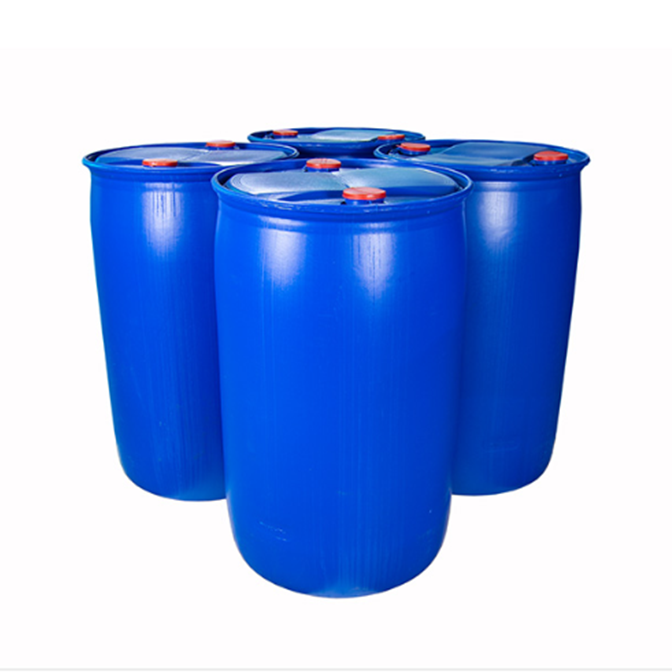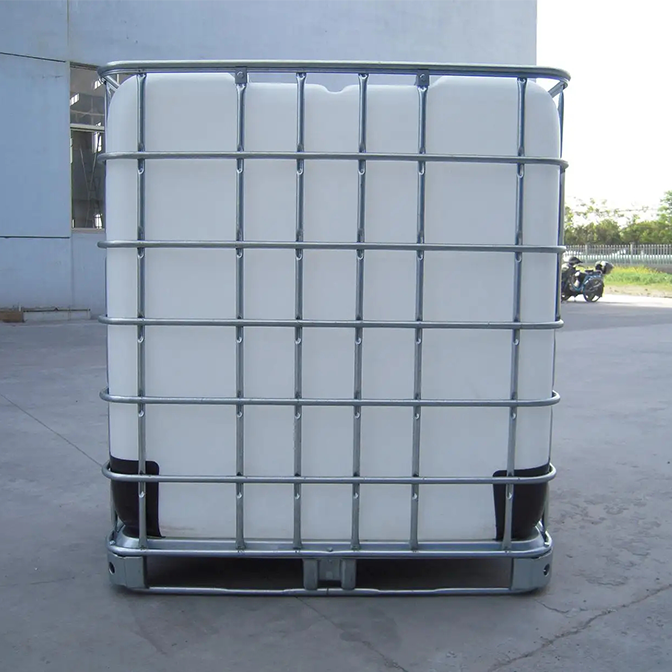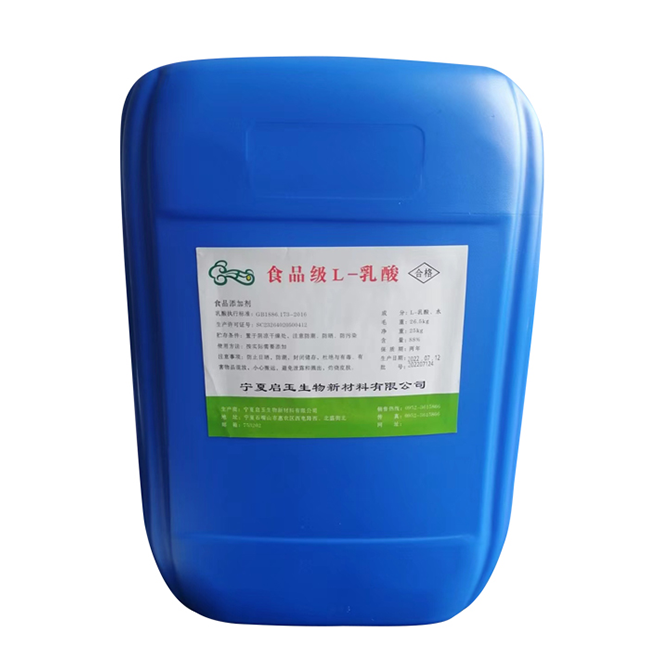



High-Pure Grade L-lactic acid(92%)
Uses of L-lactic acid
Food industry: mainly used in confectionery, beverages (e.g. beer, wine and lactic acid beverages)and the food processing industry ,as an acidity agent and flavour modifierand , known as an absolutely safe food additive. Also used in refreshing beverages, processing and preservation of vegetables.
Pharmaceutical industry: L-lactic acid is an important pharmaceutical intermediate, which can be used to produce erythromycin Ringer's solution infusion, L-lactic acid calcium, L-lactic acid sodium, L-lactic acid zinc, L-lactic acid ferrous and other drugs, also used as sterilization agent in operating rooms, wards, laboratories, etc..
Cosmetics: can be used as moisturizer, moisturizer, skin renewal agent, PH regulator, acne agent, descaling agent;
Pesticide industry: L-lactic acid has high biological activity and is non-toxic and harmless to crops and soil. It can be used to produce new environmental protection pesticides and has been vigorously promoted in developed countries such as Japan and the United States.
Tobacco industry: Adding L-lactic acid can improve the quality of tobacco and maintain the humidity of tobacco;
Leather manufacturing: softens and refines the leather, thus improving its quality.
Textile industry: used to treat fibres for easy colouring, increased lustre and softness to the touch.
Other industries: In addition to the above uses, L-lactic acid can also be used to produce biodegradable plastics, PLA and green solvents, L-methyl lactate, L-ethyl lactate, etc. Quality standard for heatstable grade, food-grade L-lactic acid ;
Acidifier: Feed acidifier is an important additive after antibiotics, along with probiotics, enzyme preparations and microecological preparations. It is a kind of environment-friendly additive with no residue, no drug resistance and no toxic effect. It is composed of organic and inorganic acids and excipients in a certain proportion. Organic acids: common L-lactic acid, citric acid, fumaric acid, formic acid, acetic acid, propionic acid, butyric acid, sorbic acid, malic acid, tartaric acid, benzoic acid and so on. Inorganic acid, phosphoric acid, hydrochloric acid (rarely used due to volatility). Carrier (excipient) : silica. The acidifiers with positive effects mainly include citric acid, fumaric acid and formic acid, while propionic acid, butyric acid, malic acid, hydrochloric acid and sulfuric acid, etc., which have been proved by a large number of experiments to have no obvious effect or even negative effect.
Nickel plating industry: buffer and stabilizer in the nickel plating process, at a dosage of 62 parts per thousand.
Feed industry: ① In pig and poultry feed as a growth promoter. Lactic acid lowers the pH in the stomach, acts as an activator of digestive enzymes, improves the digestibility of amino acids and increases gastrointestinal digestibility. Piglets fed feed containing acidifiers for a few weeks after weaning can increase their body weight by up to during the weaning period; ② lactic acid inhibits the growth of microorganisms. Lactic acid can prevent the growth of pathogenic bacteria in the lower gastrointestinal tract of piglets; ③ lower the pH value of feed or water, which is always harmful to bacteria (in vitro antibacterial, more conducive to feed and water hygiene); ④ improve the absorption of calcium, improve the palatability of feed and increase feed intake; ⑤ keep the growth of mould in feed and prolong the shelf life of feed.
News |
Contact Us |

